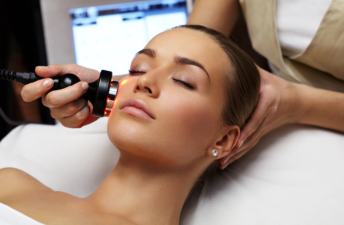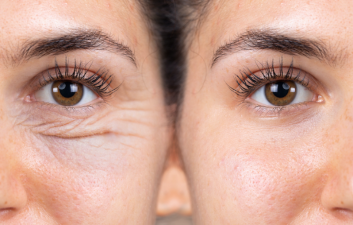What’s the Difference Between Skin Rejuvenation and Skin Resurfacing?
Skin rejuvenation primarily addresses skin texture issues (roughness, pores, fine lines), while skin brightening focuses on improving skin tone (dullness, dark spots, and uneven pigmentation). While these two treatments address different skin concerns, they are both common skin care needs and can be addressed in a cumulative or phased manner depending on the skin's condition.
Skin rejuvenation primarily addresses skin texture issues (roughness, pores, fine lines), while skin brightening focuses on improving skin tone (dullness, dark spots, and uneven pigmentation). While these two treatments address different skin concerns, they are both common skin care needs and can be addressed in a cumulative or phased manner depending on the skin's condition.

What is skin resurfacing?
Skin resurfacing technology, a new technology in the beauty industry, primarily addresses skin imperfections such as stretch marks, stretch marks, striae vitiligo, vitiligo, scars, localized hyperpigmentation, and laser-induced pigment loss (whitening).
1. Treatment Methods:
- Skin resurfacing:
Uses corrosive chemicals to erode the surface layer of the skin, allowing new skin to grow in the basal layer.
- Skin rejuvenation: Uses specialized broad-spectrum pulsed intense light to target the deeper layers of the skin, a physical therapy method.
2. Skin Damage and Recovery:
- Skin resurfacing: Injuries the skin significantly, making post-operative care difficult and prone to significant recurrence. It is no longer recommended.
- Skin rejuvenation: A non-invasive treatment, the process is simple and quick, resulting in gradual improvement in skin quality without requiring long downtime.

3. Treatment Effects and Reactions:
- Skin Rejuvenation: While it can make the skin appear delicate and refined, it can also cause significant postoperative inflammation, a prolonged erythema reaction, and the development of hyperpigmentation.
- Skin Rejuvenation: It can promote collagen regeneration and rearrangement, restore skin elasticity, eliminate or reduce wrinkles, minimize pores, and improve the overall condition of facial skin. It is also less likely to cause adverse reactions such as hyperpigmentation.
